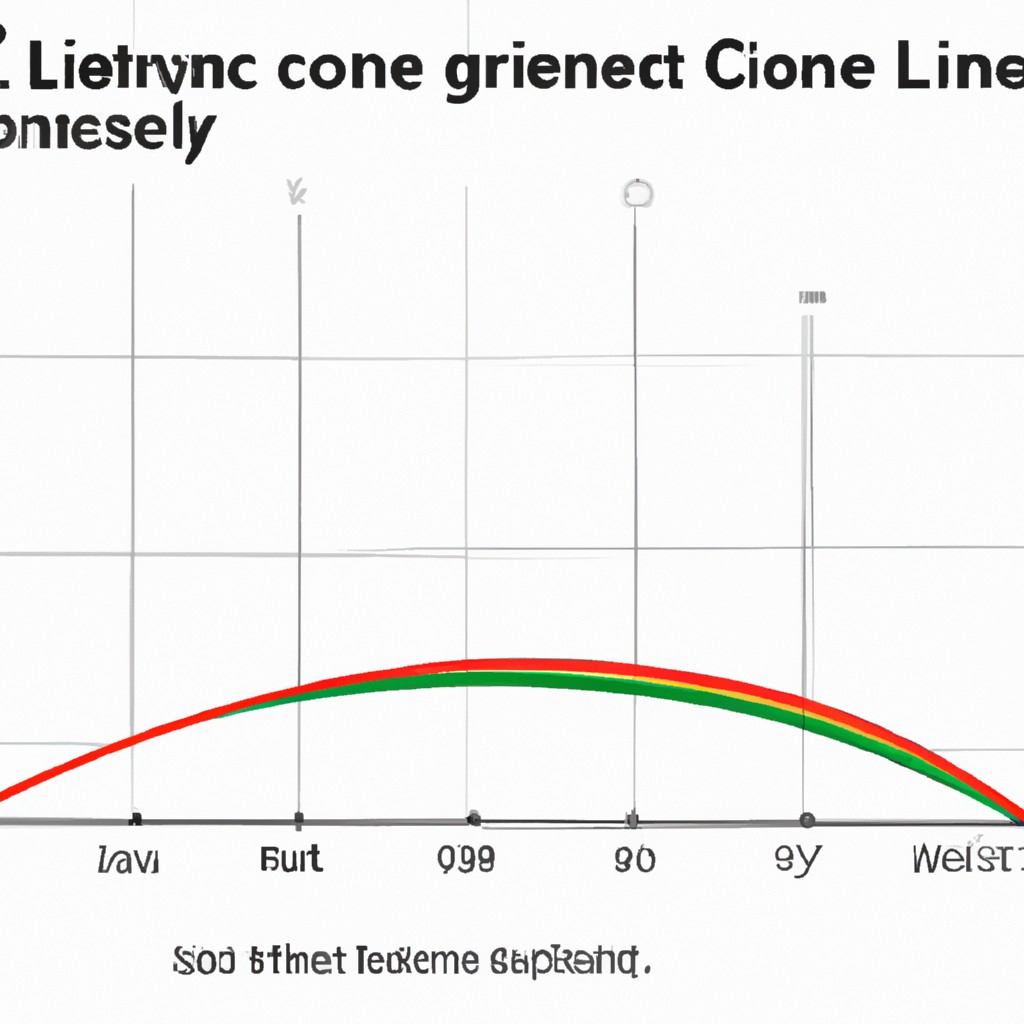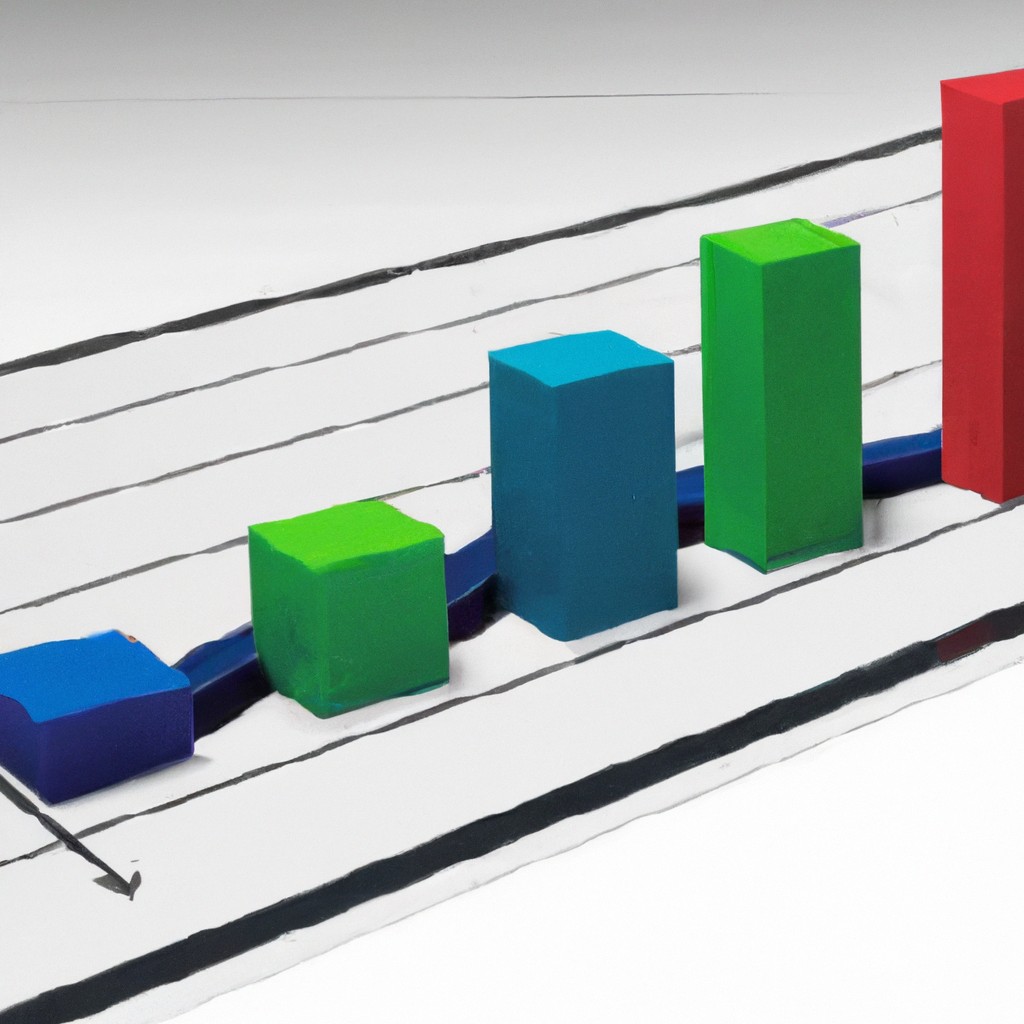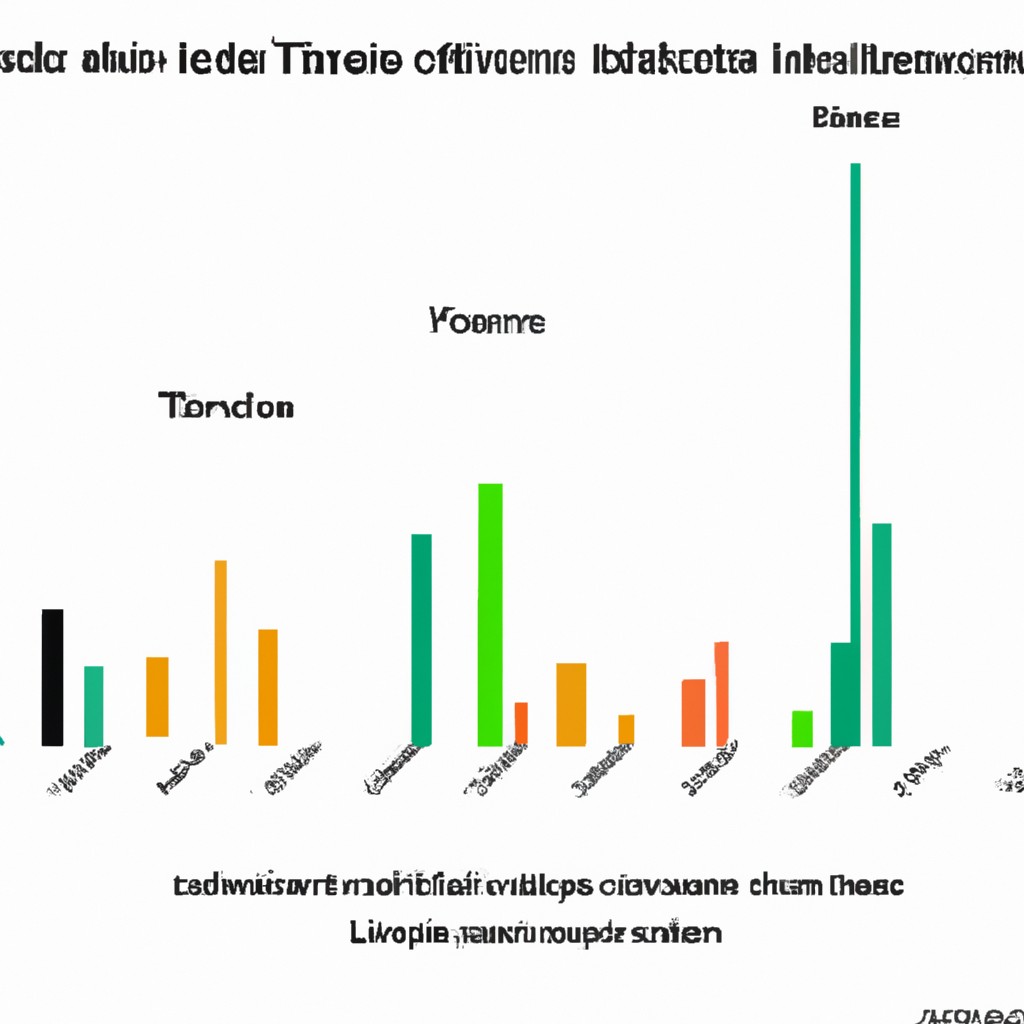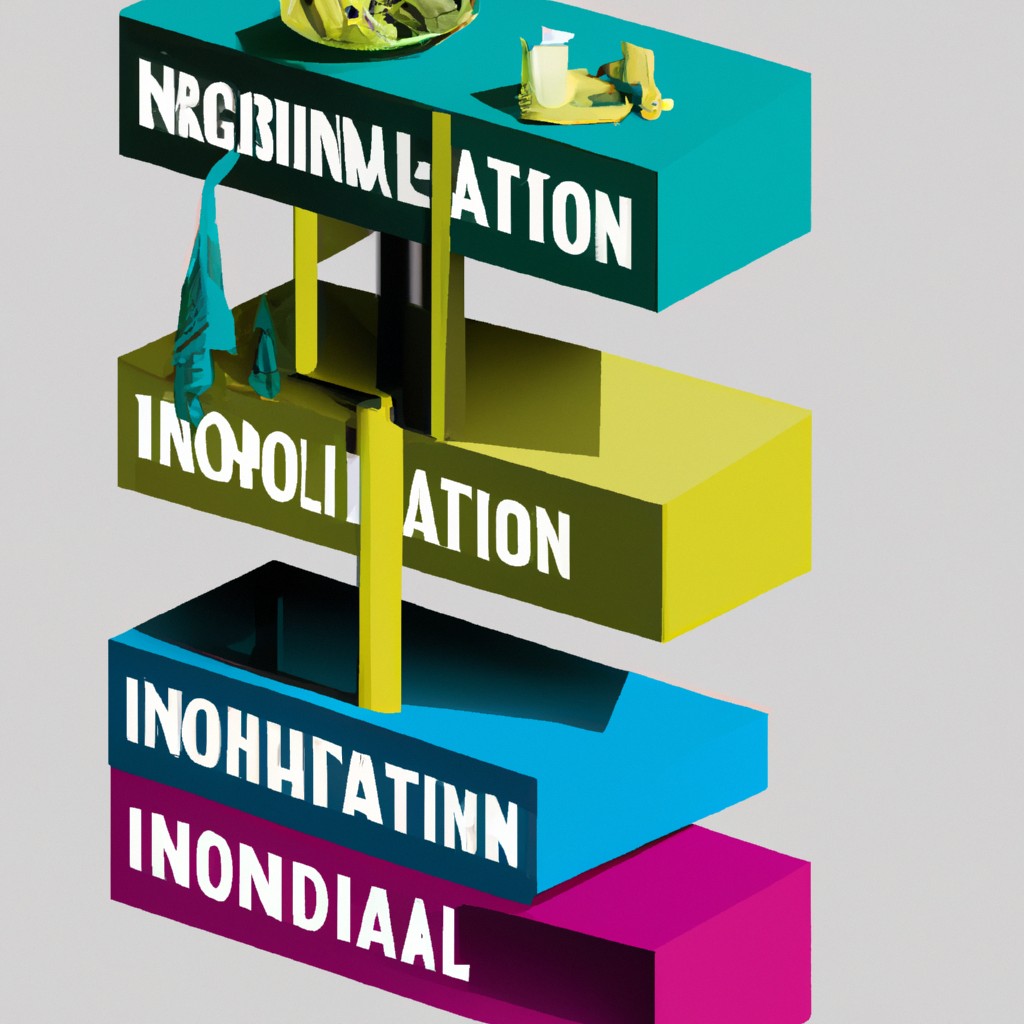Analysis and interpretation of a Lorenz curve.

The Lorenz curve visualizes income inequality by comparing actual and equal distribution. It's a powerful tool spotlighting wealth gaps. Dip below the diagonal line denotes uneven distribution. A straight line signals perfect equality. Analyzing the Lorenz curve involves calculations and plotting. Data interpretation relies on curve shape. Steeper slopes represent higher inequality levels. A concave curve symbolizes more evenly spread wealth. Policy decisions can stem from Lorenz curve analysis. Understanding income disparities aids social change initiatives. The curve's bend points trace where inequality intensifies. It showcases societal imbalances, urging equity solutions. Networking resources, creating new opportunities can address inequity highlighted by Lorenz curves.
Read more
Use of Atkinson Index in Income Inequality Analysis

The Atkinson Index is a notable tool in examining income inequality. It provides insight by reflecting the impact of income distribution changes. Specifically, it focuses on how changes in income are distributed among different societal groups. This index allows for a nuanced analysis that considers varying levels of inequality sensitivity. With its unique approach, the Atkinson Index highlights the importance of addressing disparities across income brackets. By using this metric, policymakers can gain valuable insights to inform targeted interventions that aim to reduce inequality and promote a more equitable distribution of income within society. The Atkinson Index offers a robust framework for understanding and addressing income inequality effectively.
Read more
Comparative Analysis of Theil Index with other Economic Inequality Measures

When studying economic inequality, researchers often compare Theil Index with other measures to assess disparities. The Theil Index offers valuable insights into income distribution trends. However, it may not capture nuances seen in other measures like Gini coefficient. Understanding these differences can enhance policymakers' ability to address inequality effectively. By examining various measures together, a more comprehensive picture of economic inequality emerges, allowing for informed decision-making for promoting social equity and prosperity. Economists, policymakers, and analysts can benefit from a comparative analysis of Theil Index alongside other inequality measures to develop well-rounded strategies for a fairer and more inclusive society.
Read more
Applications of Theil index in regional development analysis

The Theil index measures the inequality among subregions within a larger area. It serves as a key tool in regional development analysis. By comparing the economic performance of different regions, policymakers gain insights into disparities. This informs targeted interventions to reduce inequalities and promote balanced growth. Clarity and precision make Theil index indispensable for understanding regional dynamics and making informed decisions. Its application can lead to more equitable development, fostering prosperity and stability across diverse regions. With its practical utility and analytical depth, the Theil index enhances the effectiveness of regional development strategies. Its nuanced approach provides a nuanced perspective on regional disparities and opportunities for growth.
Read more
Applications of Theil index in income inequality analysis

The Theil index is vital in income inequality research. It helps assess disparities accurately. Economists utilize it widely in policy decisions to address wealth gaps effectively. The index highlights the cumulative impact of inequality over time. By scrutinizing income distribution, policymakers can better address social issues. The Theil index furthers discussions on fair economic practices. It offers insights into how wealth is distributed among different socioeconomic groups. Implementing policies based on Theil index findings can lead to more equitable societies. It is a powerful tool for governments to evaluate and mitigate income inequality effectively. Overall, the Theil index plays a crucial role in promoting social justice and economic fairness.
Read more
Limitations of Gini coefficient analysis.

The Gini coefficient doesn't capture the full complexity of inequality. It focuses on income disparities, downplaying broader socio-economic factors influencing disparities. The measure's sensitivity to distributional changes poses challenges when comparing societies with differing average incomes. Furthermore, the analysis may overlook the impact of welfare policies and other non-monetary factors on equality. There is a risk of oversimplification with the Gini index, as it doesn't account for variations within income brackets. The metric's reliance on income data alone neglects non-monetary aspects crucial to understanding inequality comprehensively. Thus, supplementing Gini analysis with complementary metrics can provide a more nuanced perspective.
Read more
Examples of Gini coefficient applications in income inequality analysis

The Gini coefficient measures income distribution. It ranges from 0 to 1. A lower score signifies equality. A higher score indicates inequality. Governments globally use the Gini coefficient to analyze income disparities. Researchers employ it to study poverty. Economists utilize the Gini coefficient to assess economic development. The value of the Gini coefficient fluctuates over time. It helps policymakers evaluate the effectiveness of social programs. By understanding income distribution, societies can address inequality. The Gini coefficient provides valuable insights into societal well-being. Its applications enable a more equitable allocation of resources. In conclusion, the Gini coefficient is a powerful tool for income inequality analysis.
Read more
data analysis

Data analysis is a critical process in extracting meaningful insights from datasets. It involves examining, cleaning, transforming, and modeling data to uncover patterns, trends, and relationships. By applying statistical techniques and algorithms, analysts can derive valuable information that drives informed decision-making. Data analysis can be used in various fields such as business, healthcare, finance, and more. This process enables organizations to optimize their operations, improve efficiency, and gain a competitive edge in the market. Successful data analysis requires a combination of technical skills, creativity, and critical thinking to interpret findings accurately and communicate results effectively to stakeholders.
Read more
Accurate calculations in financial analysis

Accurate calculations are pivotal in financial analysis to ensure sound decision-making and strategic planning. By meticulously crunching numbers and reviewing data, analysts can provide reliable insights and recommendations. Precision is vital in forecasting trends and assessing risks for effective resource utilization. When calculations are precise, stakeholders gain confidence in the financial health of the organization. Attention to detail is crucial to avoid errors that could lead to costly misjudgments. By conducting thorough and accurate calculations, financial analysts can help businesses thrive and succeed in the dynamic economic landscape. Thus, accuracy in financial analysis serves as a cornerstone for sustainable growth and prosperity.
Read more













